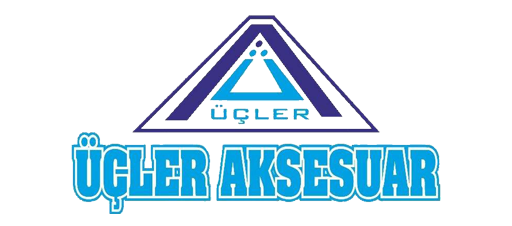Depreciable Assets What Are They, Examples, Capital Gain
However, the allocation of depreciation in each accounting period continues on the basis of the book value without regard to such temporary changes. The expenditure incurred on the purchase of a fixed asset is known as a capital expense. Capital expenditure is a fixed asset that is charged off as depreciation over a period of years. The expenditure on the purchase of machinery is not regarded as part of the cost of the period; instead, it is shown as an asset in the balance sheet.
Modified Accelerated Cost Recovery System (MACRS)
Companies can take advantage of the straight-line or the written-down value approach of depreciation, in which the cost is related QuickBooks to the use of the asset and the revenue it generates. Common examples of depreciable assets include buildings, machinery, office equipment, furniture, and vehicles. All these assets have a useful life longer than a year, and they’re used in the operations of a business to generate revenue. Another popular method is the Double-declining balance method – an accelerated depreciation method where more of an asset’s cost is depreciated in the early years of the asset’s life. Depreciation measures the decline in the value of a fixed asset over its usable life, allowing businesses to spread out the cost of that asset over several years. To claim depreciation, you must own the asset and use it for income-producing activity.
- In this example, we can say that the service given by the weighing machine in its first year of life was $200 ($1,000 – $800) to the company.
- For example, suppose a company buys a new piece of equipment to be used for production over the next five years.
- Typically, it is a machine or car where wear and tear varies based on the number of miles driven or units produced.
- In addition to the above, accountants must also ensure that the depreciation schedule is updated regularly.
- Things that are resources owned by a company and which have future economic value that can be measured and can be expressed in dollars.
- Tim worked as a tax professional for BKD, LLP before returning to school and receiving his Ph.D. from Penn State.
- The depreciation for the 2nd year will be 9/55 times the asset’s depreciable cost.
What is an example of a depreciation?
Second, it helps companies to determine the true cost of using an asset, which can be used to make informed decisions about whether to repair or replace an asset. Finally, depreciation is a key component of financial statements, and accurate depreciation calculations are necessary to ensure that financial statements are accurate and reliable. Accountants are also responsible for selecting the appropriate accounting method for calculating depreciation.
Impairment of Assets Used in a Business
So, the company would record a depreciation expense of $10,000 each year for 10 years. At the end of the 10 years, the machinery would be fully depreciated and its book value (the value recorded in the company’s financial books) would be $0. Companies depreciate these assets to spread out the cost of the assets over their useful lives, thereby Coffee Shop Accounting matching the expense of the asset against the revenue it helps to generate. This is in line with the matching principle in accounting, which states that expenses should be recorded in the same period as the revenue they help to generate.
- The Sum of the years’ digits (SYD) depreciation is a type of depreciation method used to calculate the value of an asset over its useful life.
- On January 1st we purchase equipment for $10,000 with a useful life of 5 years.
- This form summarizes your depreciation expense and is included with your business return.
- Units of production depreciation is based on the amount of output an asset produces.
- Depreciation expense is calculated by dividing the cost of the asset by its useful life.
- If it has a salvage value, then the depreciable base is the amount you paid minus the salvage value.
The useful life of an asset is an important factor when calculating depreciation expense. A depreciation schedule is a document or tool that outlines the depreciation expense for an asset over its useful life. It includes information such as the asset’s cost, its estimated salvage value (residual value at the end of its useful life), and the method of depreciation used. This method provides predictability for both owners and tax auditors and consistency across different types of assets. Regarding cost accounting, depreciation is an important concept to understand.






